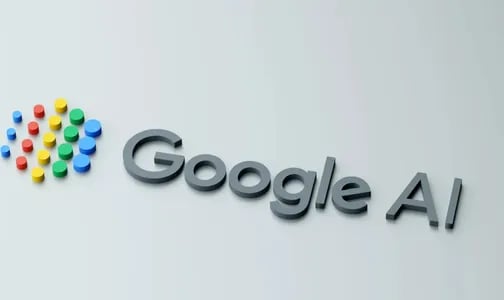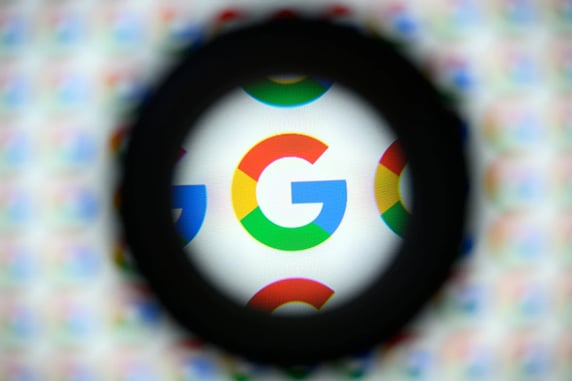Google to Launch C2PA Content Credentials to Assist Users in Identifying AI-Generated Images
Google announced on Tuesday new methods for users to determine whether an image was created using generative artificial intelligence (AI). The tech giant has been developing internal tools to watermark AI-generated content and joined the Coalition for Content Provenance and Authenticity (C2PA) as a steering committee member in February. After collaborating with other industry stakeholders to create a new technical standard, Google is now integrating it into images accessible through its tools.


Google Aims to Help Users Identify AI-Generated Images
The challenge with AI-generated images is that many digitally created and enhanced visuals can be indistinguishable from real ones. This has led to a significant rise in deepfakes, where realistic AI-generated images of people, places, or events are falsely presented as real to spread misinformation.
In a blog post, Google explained that it collaborated with other coalition members in the first half of the year to develop a new version (2.1) of the technical standard known as Content Credentials. This updated standard is designed to be more secure against various types of tampering and includes stricter technical requirements. It is now being incorporated into images that can be searched using Google tools.
The tech giant announced that Content Credentials will be incorporated into images displayed on Google Images, Lens, and Circle to Search. This means that when users access the “About this image” section, they can verify the C2PA metadata to determine if the image was created or edited using AI tools.
Additionally, Google plans to integrate C2PA metadata into its advertising systems. This data will inform the company's key policies and enforcement strategies moving forward. Furthermore, Google is exploring ways to provide C2PA information to viewers on YouTube, helping them discern whether a video was recorded with a camera or generated digitally.


Importantly, the tech giant has been developing an in-house watermarking technology for AI content called SynthID. Created by Google DeepMind, this system embeds information within the image's pixels in a way that remains invisible to the naked eye but can be revealed using specialized tools.
SHARE YOUR feedback
Subscribe for news
info@gadgetmentor.com
+91 8147926879
© 2024. All rights reserved.
